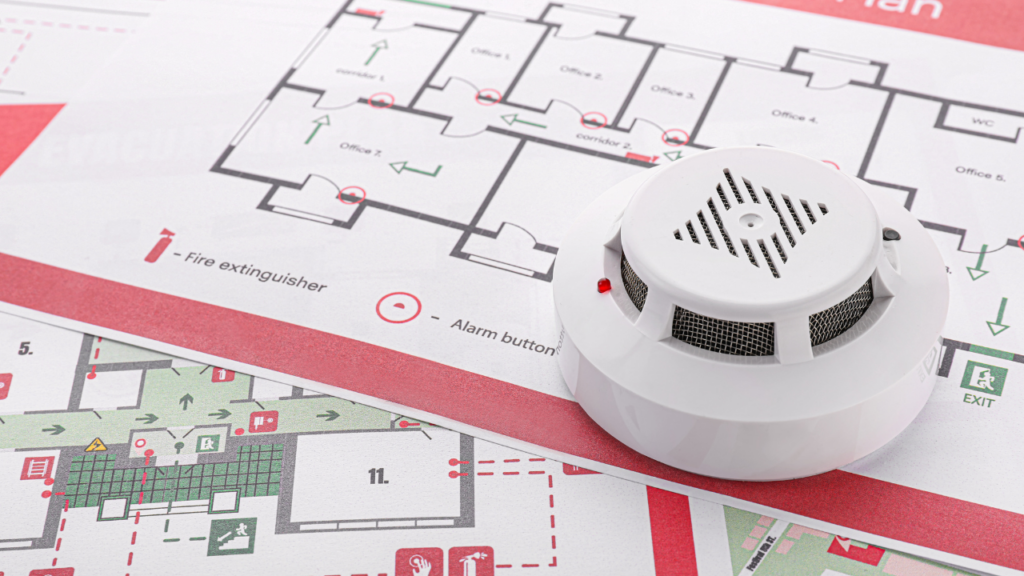
Heading into fall, there are so many things to be excited about, not the least of which is cooler temperatures as compared to the relentless heat of summer. One thing to keep in mind as the temperature change drives us indoors more often is fire safety. With indoor heating and cooking increasing, the potential for a house fire also increases. It’s important to put into practice these prevention and safety tips to keep you and your family safe.
Be Vigilant
Prevention should always be the primary strategy when it comes to fire safety, and no room is more susceptible to fire than the family kitchen. Cooking over open flames and in hot ovens should be done with great care to reduce the risk of cooking fires. Always be present when food is cooking in your kitchen. Cooking elements get incredibly hot and must be monitored by an adult at all times. Similarly, make sure all items are cleared from around the stove to reduce the likelihood of something catching fire. Flames can ignite and spread in seconds, so it’s best to reduce the likelihood of a fire starting at all rather than trying to put it out once it’s engulfed in flames. This same vigilance should be used when we heat our homes. Fireplaces and space heaters should always be fully inspected, clear of nearby debris and used as instructed. Space heaters should be placed on a flat surface and all should be in use with the care of small children’s safety in mind. Finally, have all electrical wiring checked for any potential issues. Dimming lights, blown fuses and other electrical glitches should be viewed as potential warning signs that something might be wrong with your wiring.
Be Prepared
Smoke detectors, carbon monoxide testers, and fire extinguishers are a must. Smoke detectors should be in good working order at all times. Make sure the batteries are changed, test your detectors regularly, and don’t forget to dust around the sensors. If a fire breaks out in the middle of the night, the smoke detector is the best way to alert you to a fire. Make your smoke detectors and carbon monoxide testers a priority. Have working fire extinguishers in accessible locations.
Be Ready
The safest possible option when it comes to a fire is to get out of the home as fast as possible. This should be the only option for all household members. To reduce confusion, create an emergency plan for your family that includes information on where and how to get out of the house as well as a meetup spot once outside. Be clear about everyone’s role and practice your plan until everyone is sure they know what to do in the event of a house fire.
Fires can start at any time, in any season. Statistics show, however, that the risk increases in the fall and winter months. Being proactive when it comes to fire prevention and having reliable fire safety equipment, such as smoke detectors, go a long way in preventing fires from starting or getting out of control. Additionally, having an emergency preparedness plan that considers all members of the family will ensure that even if you do experience a house fire, everyone will act according to the safety plan for the best possible outcome.